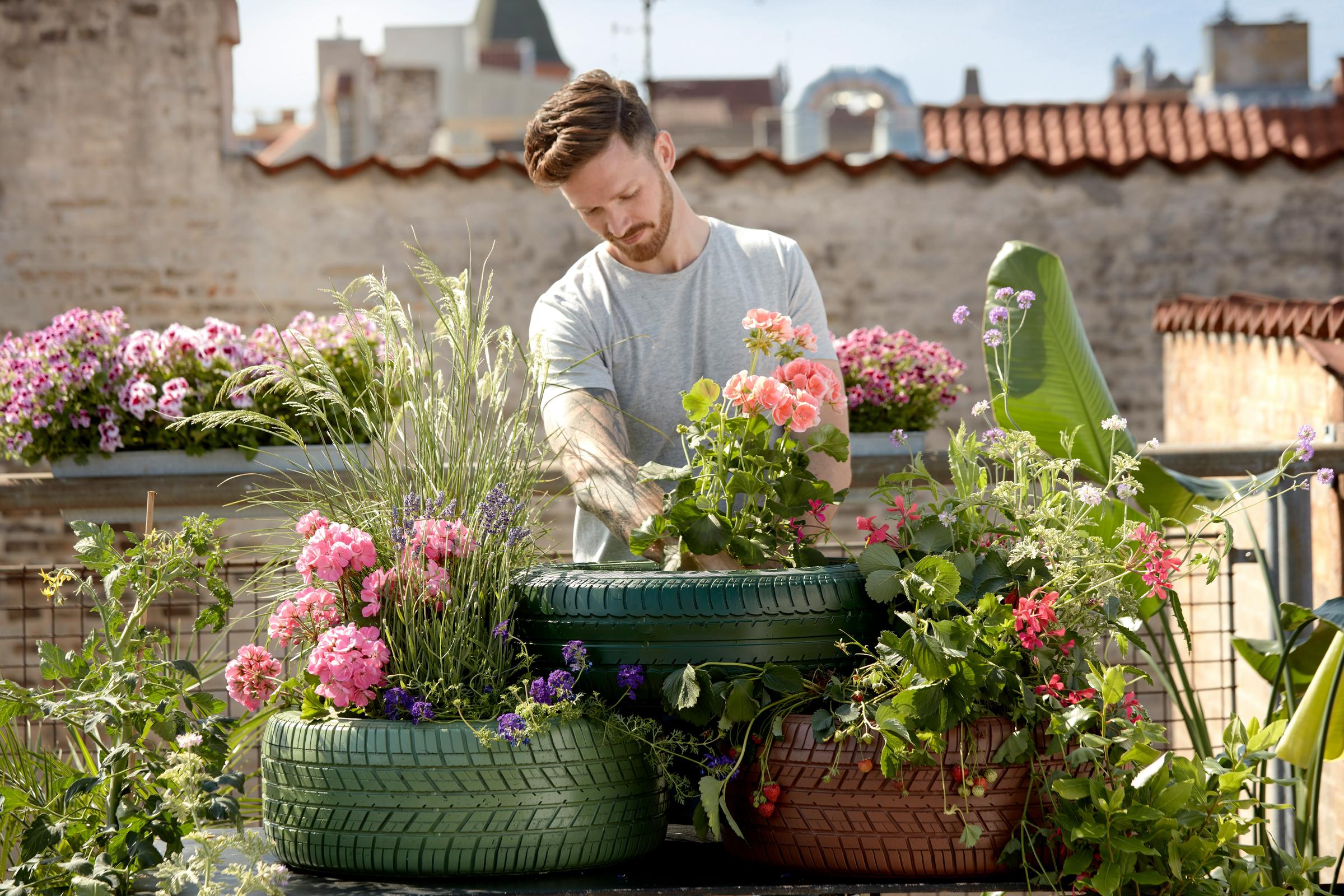
Experience The Bliss Of Gardening As A Relaxing Home Hobby
Grab a trowel from the shed and notice the texture of fresh soil as it slips through your hands. Planting seeds brings a clear sense of purpose, inviting you to work with both your hands and your thoughts. As sprouts push through the earth, a gentle calm settles in, making each small victory feel special. Tending a garden just steps from your door adds color and life to your surroundings, turning simple activities into moments worth savoring. Through digging, watering, and trimming, you create a routine that brings comfort and adds a touch of joy to each day.
As you settle into a weekend watering session, the act feels less like a chore and more like a welcome break. You listen to birds chatter overhead and watch bees drift from bloom to bloom. In these simple acts, gardening becomes more than arranging flowers; it turns into a space where you recharge. Whether you tend to a windowsill herb garden or carve room for a handful of vegetable beds, you invite a steady lift in mood, a stretch of mindful focus, and a chance to nurture something alive.
How Gardening Improves Your Well-Being
- Stress Reduction: Tending soil lowers stress hormones and gives your mind a break from screens.
- Physical Activity: Light digging, kneeling, and weeding boost strength and flexibility.
- Sense of Achievement: Watching a seedling sprout motivates you and reinforces self-confidence.
- Connection to Nature: Daily contact with plants helps you feel grounded and more present.
- Creative Expression: Choosing color schemes or playful container arrangements taps your artistic side.
How to Start Gardening: Must-Have Tools and Supplies
- Gardening Gloves: Pick a sturdy pair that fits snugly to protect your hands during planting and pruning.
- Trowel and Hand Fork: Invest in rust-resistant tools or try *Fiskars* models with ergonomic handles.
- Watering Can or Hose: A lightweight watering can with a long spout helps you reach pots; a gentle spray nozzle works well for flower beds.
- Quality Soil Mix: Look for peat-free blends or try *Miracle-Gro* Organic Choice for balanced nutrients.
- Pruning Shears: Select a sharp pair from *Gardena* for clean cuts and healthier stems.
- Plant Markers: Label seedlings with reusable wooden or metal stakes to keep track of varieties and planting dates.
How to Pick the Right Plants for Your Space
Start by checking sunlight patterns in your yard, balcony, or windowsill. Cherry tomatoes, lavender, and zinnias thrive in at least six hours of direct sunlight. If your area has partial shade, ferns, hostas, and mint grow well in softer, filtered rays. For fully shaded corners, try coleus or impatiens—these vibrant foliage options look great under trees or next to shaded walls.
If space feels limited, consider container gardening. Compact tomato varieties, dwarf peppers, and salad greens flourish in wide pots. Succulents such as echeveria and sedum fill shallow dishes and require minimal watering. To add height, train climbing beans or sweet peas on small trellises tucked behind larger pots. This layered setup turns limited square footage into a lively, multi-level oasis.
How to Establish a Relaxing Gardening Routine
- Morning Check-In: Begin each day by inspecting moisture levels and pulling a few weeds—gentle tasks help you start the morning calmly.
- Midweek Watering: Keep a reusable spray bottle by the patio door for quick misting of indoor plants.
- Weekend Harvest Ritual: Turn picking ripe herbs or veggies into a small celebration—snip fresh basil for pesto or taste a sweet cherry tomato straight from the vine.
- Seasonal Planning Session: Every six weeks, write down seed-starting dates and future planting ideas in a simple notebook or gardening app.
- Evening Wind-Down: Sit beside your favorite blooms, sip herbal tea, and breathe in flower scents as you reflect on the day.
How to Deal with Common Gardening Problems
When you encounter aphids, powdery mildew, or nutrient imbalances, test your problem-solving skills. Instead of reaching immediately for harsh chemicals, try gentle fixes. Spray a mild soap solution to keep aphids away without harming beneficial insects. Remove mildew-affected leaves and improve air circulation by spacing plants further apart. Sprinkle small amounts of compost tea to refresh tired soil.
If issues persist—such as yellowing leaves or poor germination—step back and change one factor at a time. Adjust watering habits, tweak fertilizer routines, or move pots to sunnier spots. Keep a simple log of your experiments to recognize patterns over weeks. Each problem you troubleshoot teaches a skill that results in stronger, healthier plants.
Seasonal pests like snails or slugs sometimes appear suddenly. Place crushed eggshells around delicate seedlings or set out shallow dishes of beer overnight—slugs seek it out and won’t reach your greens. For small mammals nibbling early shoots, drape lightweight garden fabric secured with clips to let light through while blocking unwanted visitors.
Plant diseases can seem intimidating, but most surface with easy fixes if you act quickly. Remove infected leaves promptly, replace topsoil in containers annually, and ensure proper airflow. Mixing in well-decomposed compost each spring helps your soil build resilience and promotes healthier root systems.
Remember that every gardener faces setbacks. Viewing challenges as puzzles makes each success feel more rewarding. Persist with your patch through its ups and downs, and you’ll build confidence sprint by sprint, bud by bud.
Gardening offers calm focus, sparks creativity, and provides gentle exercise. Make it a daily ritual to enrich your mind and your landscape.